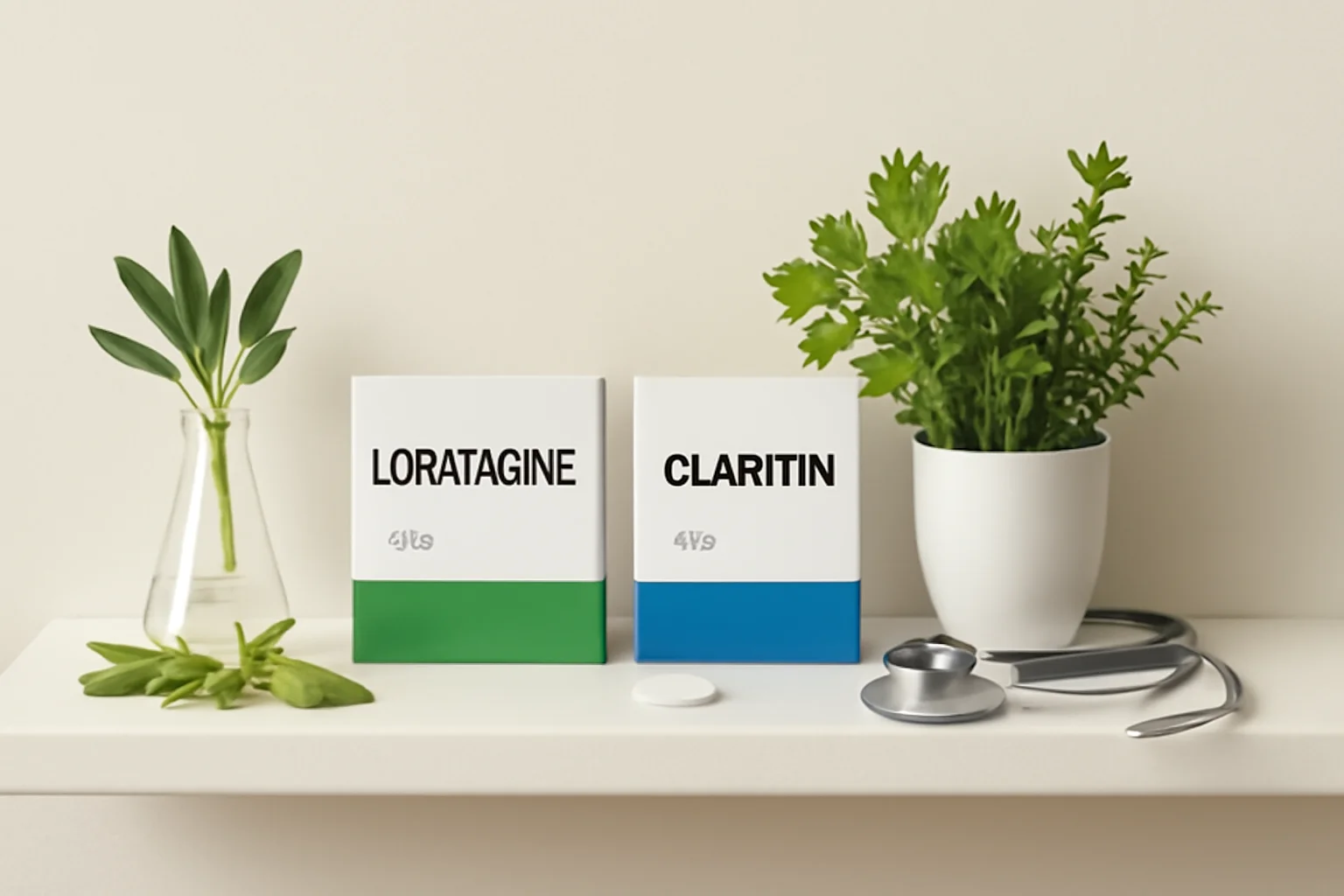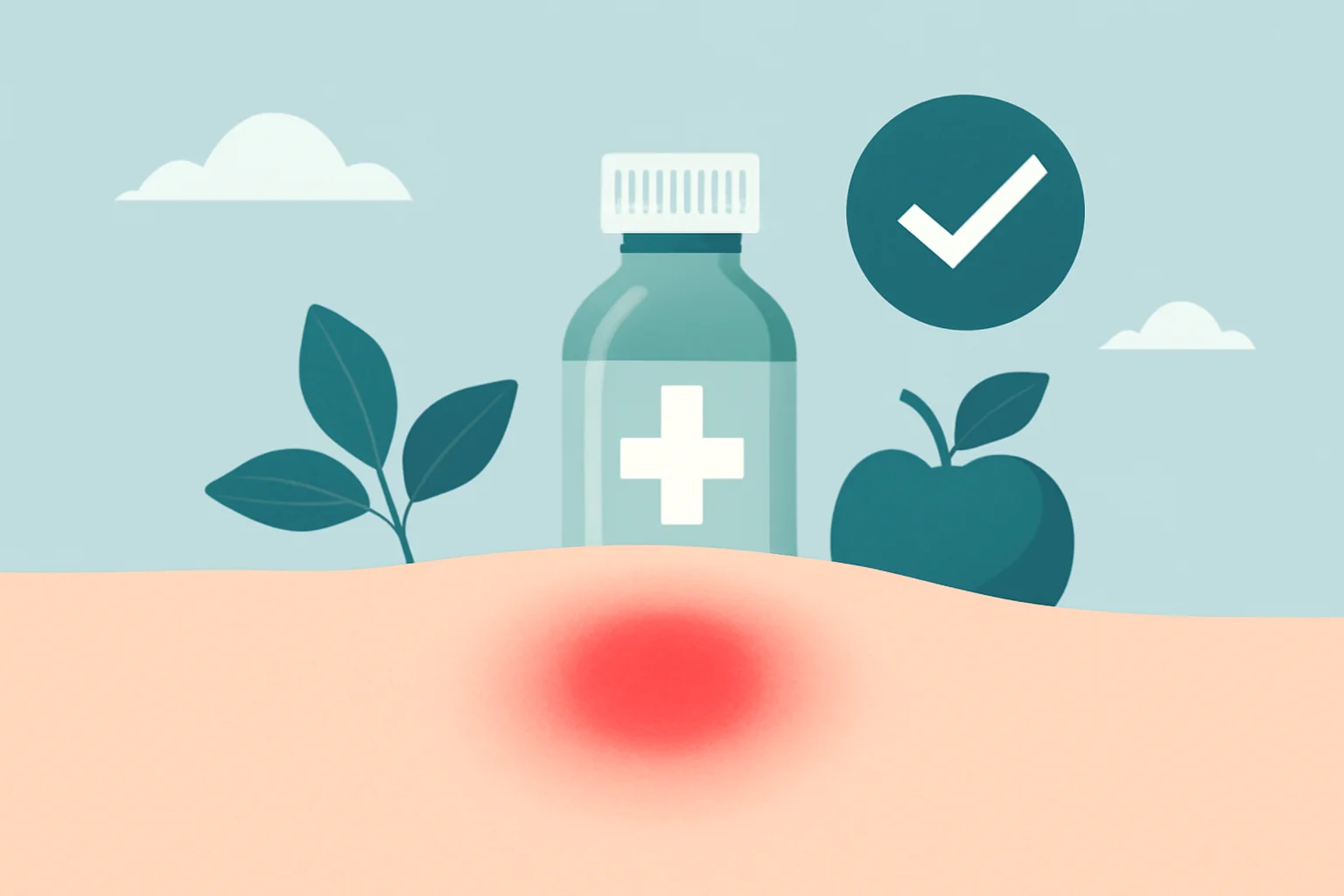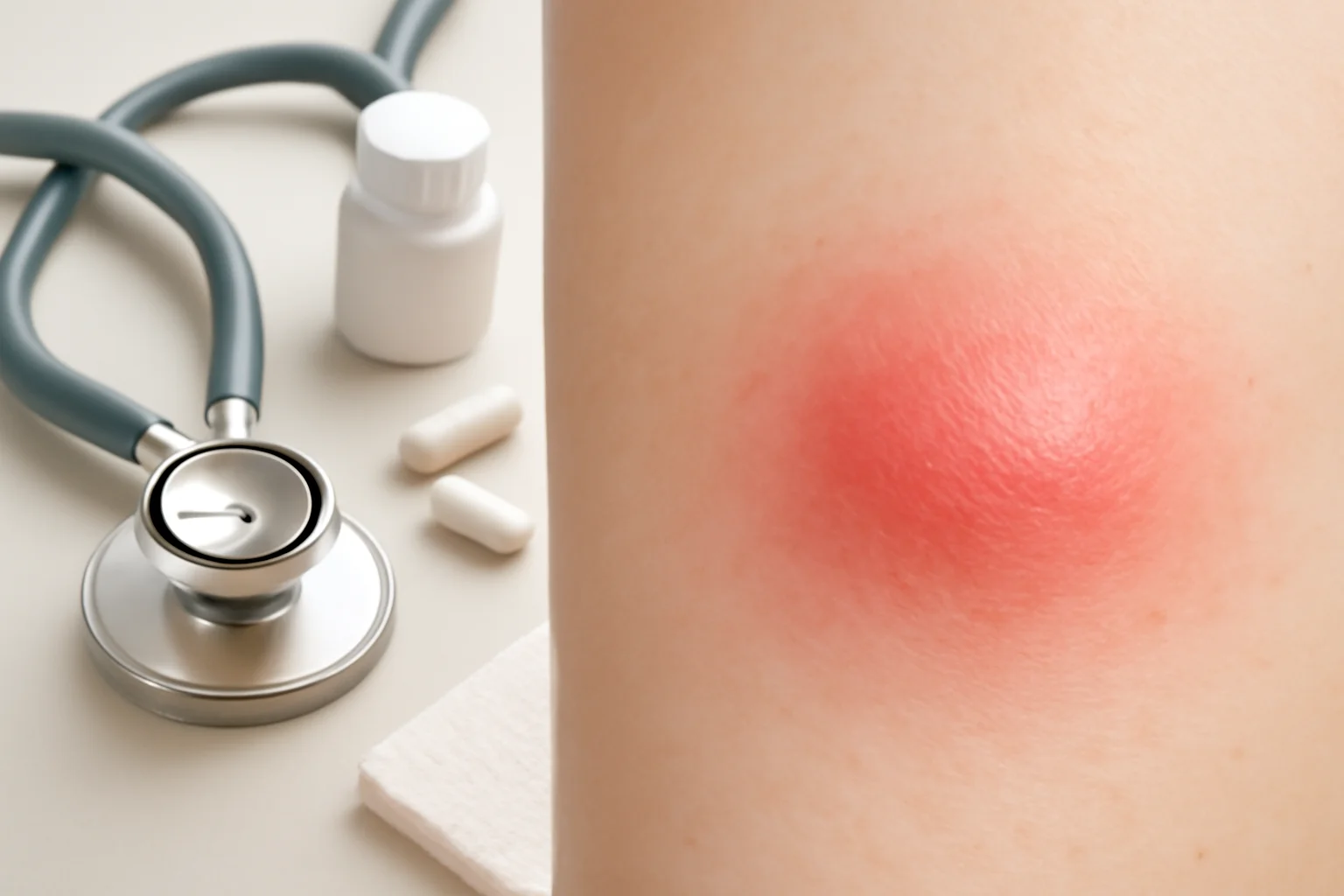-
Loratadine or Claritin: Which is the better antihistamine choice?
A modern világban sokan szenvednek allergiás tünetektől, amelyek különféle okokból jelentkezhetnek, például pollenek, por vagy állati szőr formájában. Az allergiás reakciók, mint például a tüsszögés, orrfolyás, viszkető szemek és bőrkiütések, jelentősen befolyásolhatják a mindennapi életminőséget. Az allergiák kezelésére az orvosok gyakran antihisztaminokat írnak fel, amelyek segítenek csökkenteni a tüneteket. Két népszerű antihisztamin a loratadin és a Claritine. Bár a két gyógyszer közötti választás elsőre egyszerűnek tűnhet, érdemes alaposan megvizsgálni a különbségeiket és hasonlóságaikat. A loratadin egy általános hatóanyag, míg a Claritine a loratadint tartalmazó egyik kereskedelmi név. A gyógyszerek hatásmechanizmusa, mellékhatásai és alkalmazási módjai eltérhetnek, ami fontos szempont lehet a választás során. A megfelelő gyógyszer kiválasztása nemcsak a tünetek enyhítésében…
-
The causes of red spots and inflammation: what is worth knowing about them?
The health of the skin depends on various factors, including environmental influences, lifestyle choices, and genetic predisposition. Our skin is the largest organ, constantly exposed to different stimuli that can lead to various conditions. Red spots and inflammations are common skin problems that complicate the lives of many people. These signs usually indicate skin irritation, allergic reactions, or infections. The appearance of red spots can be concerning in many cases, as the condition of the skin can tell us a lot about the overall health of the body. People often forget that their skin reflects their internal health, and in addition to proper skincare, regular medical check-ups are also important.…
-
Claritine or cetirizine: Which is the more effective allergy treatment?
Respiratory allergies affect many people worldwide, and symptoms such as a runny nose, sneezing, itchy eyes, and sore throat can be extremely bothersome. To manage allergic reactions, many turn to antihistamines, which can help alleviate these symptoms. Two popular antihistamines, Claritine and Cetirizine, are available in various forms and dosages and are widely used, but many are unaware of which is the most suitable choice for them. Claritine, which contains loratadine, and Cetirizine, which contains cetirizine, can both be effective, but they have different properties. Choosing the right medication can not only help relieve allergic symptoms but also minimize potential side effects. To make the best decision, it is important…
-
Loratadine or Claritin: Which is the more effective antihistamine?
The loratadine and Claritine are two popular antihistamines used to treat allergic reactions. Allergic symptoms such as runny nose, sneezing, itchy eyes, and skin rashes can significantly impact many people’s lives, especially during pollen season. Antihistamines help alleviate these symptoms by blocking the effects of histamine, which triggers the body’s allergic reactions. Choosing between loratadine and Claritine can be challenging for many, as both have various advantages and potential drawbacks. Loratadine: Mechanism of Action and Use Loratadine is a second-generation antihistamine used to block histamine H1 receptors. Histamine is a compound that activates in relation to the body’s allergic reactions and causes numerous unpleasant symptoms. Through its mechanism of action,…
-
Cetirizine: effective allergy medication or just a temporary solution?
The choice between cetirizine and allergy medications can be a serious dilemma for many people, especially those who regularly suffer from allergic reactions. Allergies encompass a wide spectrum, ranging from pollen and dust mite allergies to food allergies. These reactions can not only cause unpleasant symptoms such as sneezing, runny nose, or skin rashes but can also significantly affect the quality of life of those affected. Among the most commonly used medications for treating allergic reactions are antihistamines, one of the most well-known being cetirizine. This medication effectively alleviates allergic symptoms; however, many people have questions about when and why it is worth choosing this option. In addition to cetirizine,…
-
Sore throat and fever: How to treat them at home?
The sore throat and fever are common symptoms that can be associated with various illnesses. These signs often intertwine and can be difficult to distinguish from one another, especially if the patient does not experience other clear symptoms. A sore throat can develop for many reasons, including viral or bacterial infections, allergic reactions, or even the effects of air pollution. Fever, on the other hand, is the body’s natural response to inflammation, infection, or other health issues. Sore throat and fever often occur together, for example, in cases of the common cold or flu, but they can also appear in different diseases. The appearance of symptoms, their severity, and duration…
-
Psoriasis or eczema: symptoms, causes, and treatment options
The psoriasis and eczema are two common skin diseases that affect many people’s lives. Although the two conditions can often be confused due to similar symptoms, it is important to understand the differences and specific characteristics. The skin, as our largest organ, is exposed to various influences, including environmental factors, allergens, and stress. Both psoriasis and eczema are inflammatory skin diseases that develop for different reasons. Psoriasis is an autoimmune disease that causes excessive growth and accumulation of skin cells, while eczema, also known as atopic dermatitis, is an allergic reaction that causes itching and inflammation. Both are chronic conditions that can have periodic flare-ups, and the treatment options differ.…
-
Swelling and Redness: Causes, Symptoms, and Treatment Options
The swelling and redness are phenomena that appear in various parts of the body, often serving as signs of inflammation or other health issues. These symptoms can frequently occur together, and understanding the underlying causes is crucial for appropriate treatment. Swelling typically occurs due to the accumulation of fluid in the tissues, while redness is a sign of the dilation of blood vessels and the activation of inflammatory processes. Swelling and redness that appear in different parts of the body can arise from numerous causes, including injuries, allergic reactions, infections, or chronic diseases. The appearance of these symptoms can often be a warning sign indicating that something is wrong in…







